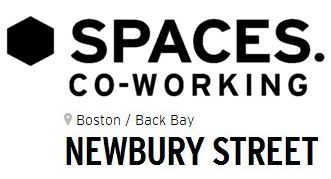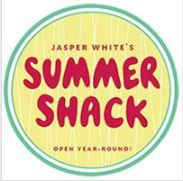Within a few years of relocating to Brazil, partly inspired by the mass quantities of people he saw daily on the streets and partly inspired by political beliefs, Ferrari began the body of work now on view at Krakow Witkin Gallery. ‘Heliografía’ is a process most often associated with architectural blueprints. The main imagery in Ferrari’s heliografías was formed from Letraset (architectural symbols, precut as rub-on stickers). In the current presentation, the vast majority are of a human figure walking, as seen from a bird’s-eye view. Ferrari used huge quantities of this one figure to create imaginary scenarios/environments/plans that can be seen as absurd, pointed, wry, and/or existentially dark. In one work, a repeated ‘line’ of this figure walk in a permanently looped pattern. In another, two organized masses of the letraset figure stand facing in opposition. In a third work, grids of the figure are facing alternating directions so as to create an almost patchwork-like image, somewhere between a crowd and a blanket. While the heliografías point out the dangers of blindly following a particular pattern or movement, they also engage issues of order versus chaos, collective versus individual and oppositional versus intersectional.
|






